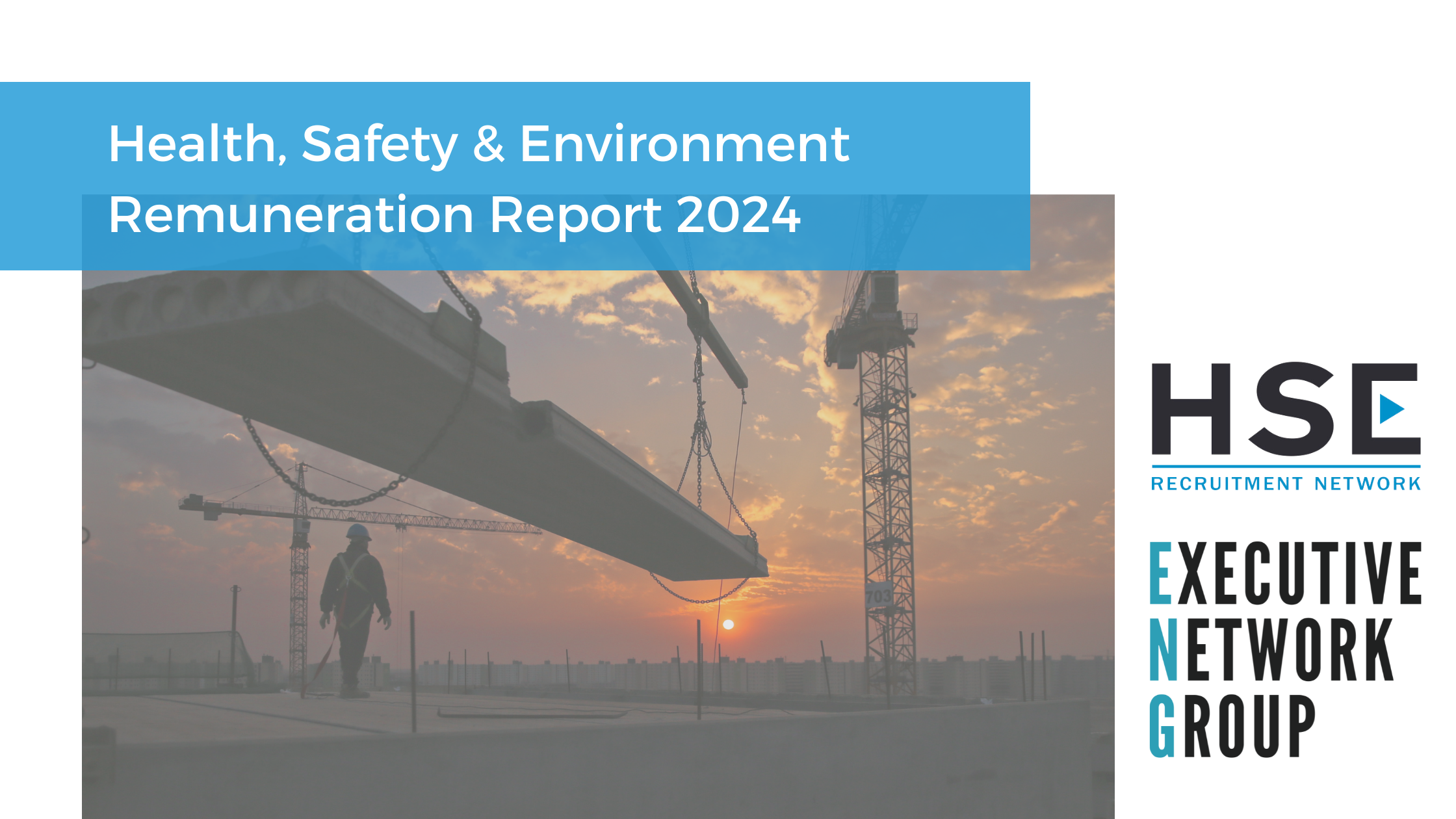Virtual Event Write Up - Leadership: The Good, The Bad, The Ugly

The HSE Recruitment Network recently hosted an engaging virtual roundtable titled "Leadership – the good, the bad, the ugly."
Led by Simon Brentnall from Hallam Safety, the session delved into real-life case studies illustrating the profound impact of leadership and organisational culture on outcomes, both positive and negative. Attendees shared their own experiences in identifying effective leadership qualities and explored ways to implement these traits within their respective organisations.
Simon began by discussing the positive aspects of leadership, emphasizing the importance of visibility, communication, and senior management involvement in driving cultural change related to safety. He also highlighted a compelling example of effective leadership during the challenges of the COVID-19 lockdown, showcasing how clear vision, innovation, and employee motivation can lead to positive outcomes.
The session then turned to the question of what makes a car brand safe, with Volvo emerging as a popular choice. Simon explained that Volvo's historical commitment to safety including hiring a head of safety in 1958, and innovations like the three-point seatbelt which is reflected in the brand's logo, demonstrated how strong leadership can influence and establish a safety culture. It’s thought their commitment to safety and ongoing innovation has led to saving nearly 1 billion lives, this is an exceptional example of how leadership and safety can have such a huge impact.
On a less positive note, Simon shared a case involving a road traffic collision attributed to sheer exhaustion, shedding light on the consequences of poor work-life balance and inadequate organizational risk understanding. He discussed the transformation from transactional to transformational leadership styles and advocated for personality profiling to enhance communication.
Finally, the discussion touched on a tragic incident involving powered access equipment, underscoring the importance of filtering safety precautions through leadership to prevent workplace fatalities. The session concluded with a reflection on why employees sometimes overlook safety issues, touching upon company culture, fear of repercussions, and the bystander effect.
Throughout the event, attendees engaged in a lively exchange of ideas, emphasizing the need for proactive key performance indicators (KPIs) to hold leaders accountable and the power of personality profiles in shaping effective communication. This was an interesting solution suggested that many shared around personality profiling. Personality profiling in the workplace wields a remarkable influence, particularly on leadership and safety teams. By understanding the unique personality traits, strengths, and weaknesses of team members, organizations can tailor their leadership styles and safety strategies more effectively. Leaders can adapt their approaches to motivate and communicate with their teams, ultimately fostering a more productive and harmonious work environment. Many of the attendees were keen to explore this topic further.
The overarching message was that there is no one-size-fits-all approach to leadership and culture, and understanding leaders' motivations, strengths, and weaknesses is crucial for driving positive change.
In summary, the virtual roundtable provided valuable insights into the intricate relationship between leadership and safety culture, with a focus on real-world examples and practical solutions. Thanks were extended to Simon Brentnall and all the attendees for their active and thought-provoking participation in the session.


